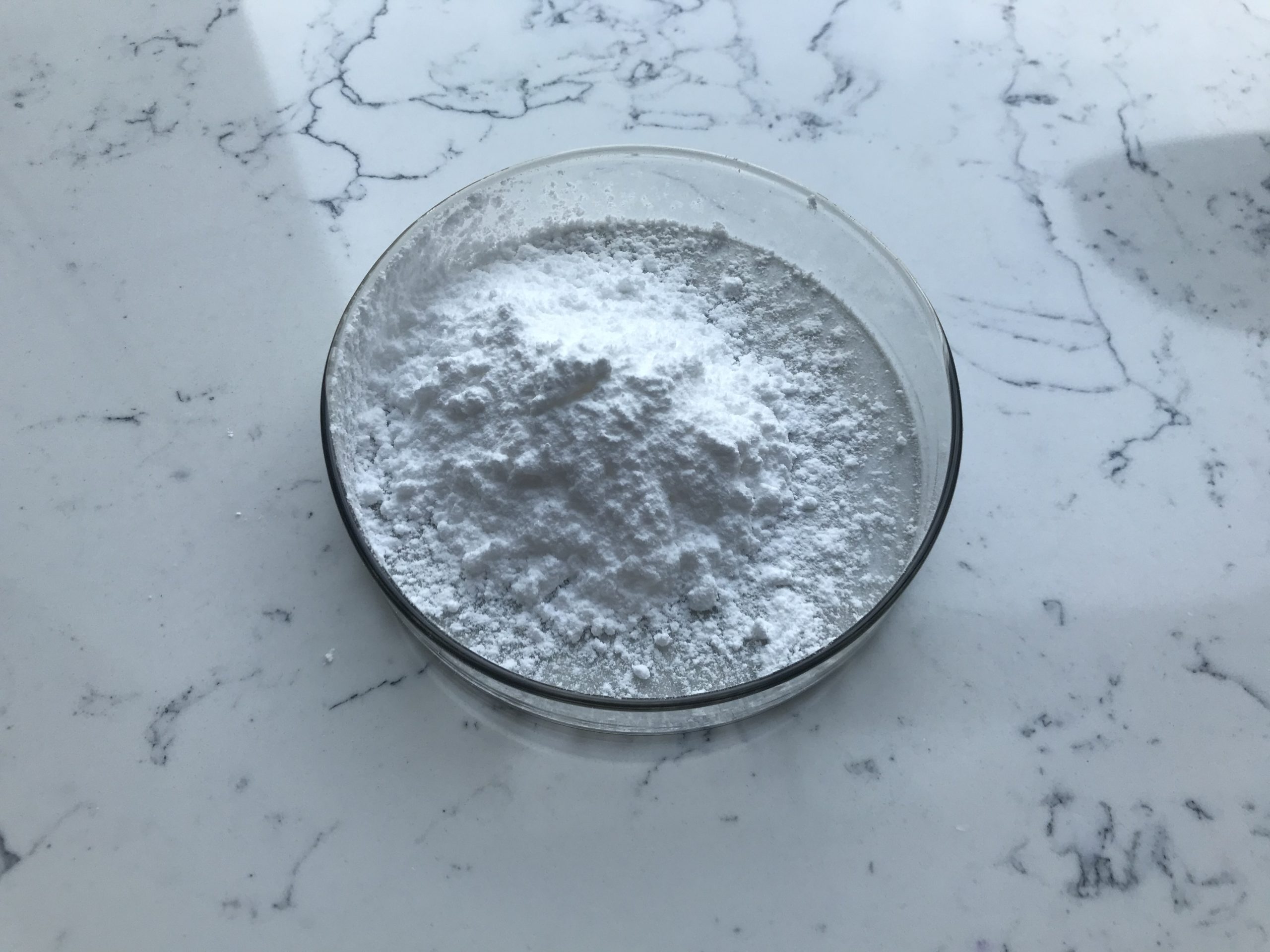Introduction
The chemical synthesis methods of UDCA can be classified into three categories based on raw materials: ① Using animal bile acid substances (such as bovine, sheep bile acids, goose deoxycholic acid, bear bile acids, pig bile acids, pig deoxycholic acid) as raw materials; ② Using non-bile acid steroidal substances (such as androstenedione) as raw materials; ③ Complete synthesis of the 7-position hydroxy deviation isomer of UDCA – chenodeoxycholic acid (CDCA). Each method is elaborated on and reviewed below.

Animal Bile Acid Substances as Raw Materials
Using animal bile acids as the raw material for synthesizing UDCA has been a major approach, and it involves several processes, depending on the specific animal source used.
Synthesis from Bovine and Ovine Bile Acids (CA)
The synthesis of UDCA from bovine and ovine bile acids was first reported by Kanajawa in 1955. It involves a series of reactions, including methylation, deacetylation, oxidation, and reduction. Despite its success, this method is not without its drawbacks. For instance, the reaction is extremely intense and is prone to lose control and explode in industrial production.
Synthesis from Goose Deoxycholic Acid
Goose deoxycholic acid, a 7-position isomer of bear deoxycholic acid, is another viable starting material for UDCA synthesis. Goose deoxycholic acid can be extracted from the bile of geese, ducks, chickens, and other poultry. However, this method requires a delicate balance of safety, efficacy, and gentle oxidation/reduction agents.
Synthesis from Bear Bile Acid (UCA)
In 1983, Bulidon reported a method of preparing UDCA by oxidizing and reducing the 12a-hydroxy group of bear bile acid (UCA). Although the method is efficient with a short synthesis route, the limited sources of bear bile acid render this method practically nonviable for industrial application.
Synthesis from Porcine Bile Acid (HA)
Porcine bile acid, a minor component of pig bile, can also serve as a raw material for UDCA synthesis. The process involves several steps including methylation, acetylation, selective hydrolysis, and reduction. However, the total yield from pig bile acid to the precursor of ursodeoxycholic acid is only about 38%.
Non-Bile Acid Steroidal Substances as Raw Materials
In 1983, Chee KLai reported a method for the synthesis of 3α,7α-dihydroxy-5β-androstanone from androstenedione through a series of reactions. The product can serve as a starting material for the stereoselective introduction of side chains of bile acids. This method uses steroidal substances that are not animal bile acids as raw materials, providing a broader source of raw materials.
